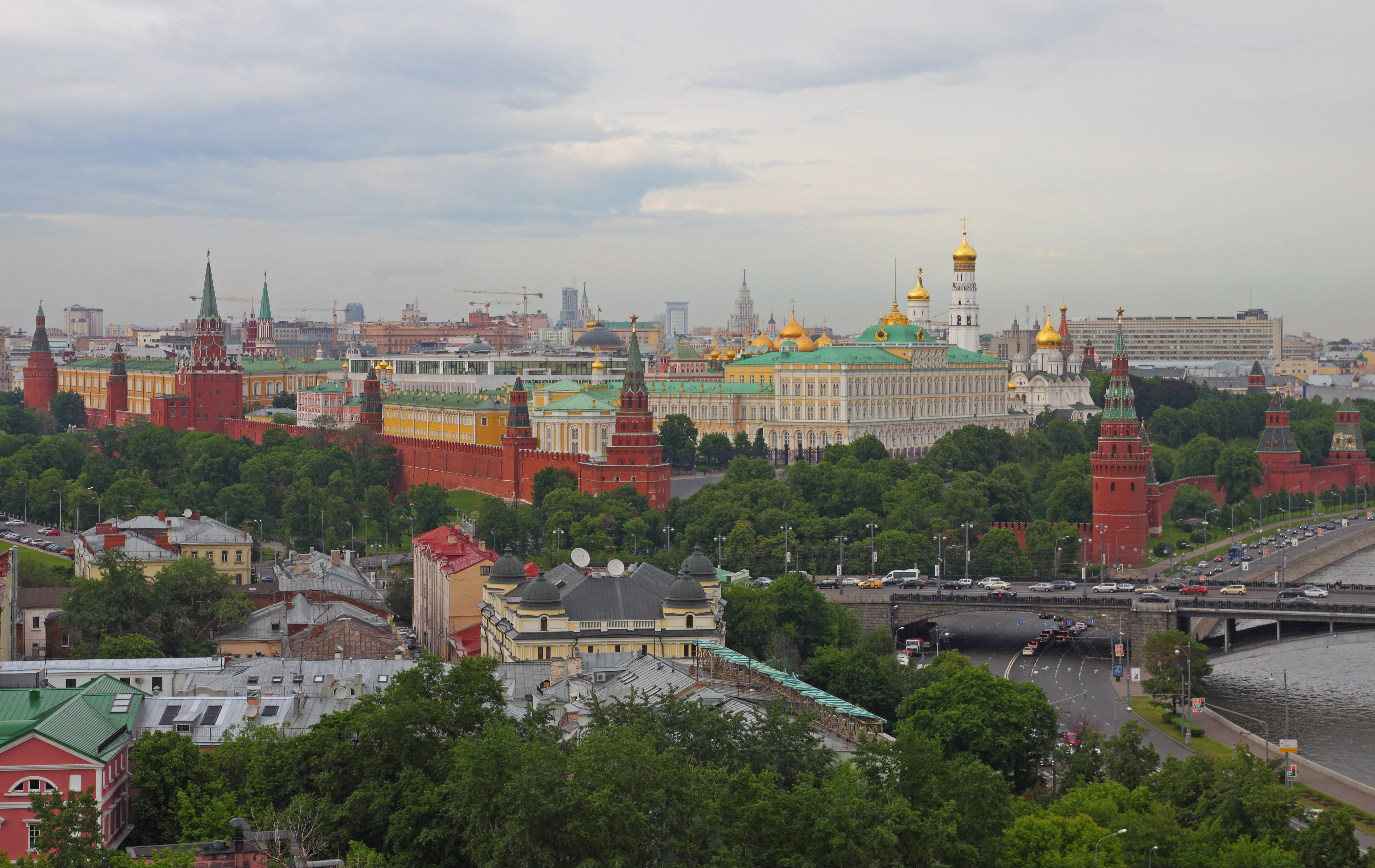Kremlin Hill on:
[Wikipedia]
[Google]
[Amazon]
 Kremlin Hill ( Russian: Кремлёвский холм 'Kremlyovskiy kholm'' former name Borovitsky Hill - Боровицкий холм 'Borovitskiy kholm'' also known as Borovitskiy Cape - Боровицкий мыс 'Borovitskiy mys'' is one of the
Kremlin Hill ( Russian: Кремлёвский холм 'Kremlyovskiy kholm'' former name Borovitsky Hill - Боровицкий холм 'Borovitskiy kholm'' also known as Borovitskiy Cape - Боровицкий мыс 'Borovitskiy mys'' is one of the
/sup>. The following archeologically investigated stage is dated by the 8th-3rd centuries BC. A settlement established here in 11th century became the core of Moscow. In 1156 the first
 Kremlin Hill ( Russian: Кремлёвский холм 'Kremlyovskiy kholm'' former name Borovitsky Hill - Боровицкий холм 'Borovitskiy kholm'' also known as Borovitskiy Cape - Боровицкий мыс 'Borovitskiy mys'' is one of the
Kremlin Hill ( Russian: Кремлёвский холм 'Kremlyovskiy kholm'' former name Borovitsky Hill - Боровицкий холм 'Borovitskiy kholm'' also known as Borovitskiy Cape - Боровицкий мыс 'Borovitskiy mys'' is one of the seven hills of Moscow The Seven hills of Moscow (russian: Семь холмо́в Москвы́) is a historic name of several elevated sections of terrain, on top of which Moscow was built.
The legend of Seven Hills (as an analogy between Moscow and Rome) has been kn ...
. Altitude up to 145 m. The hill is situated in the city centre, at the confluence of the Moscow River
The Moskva (russian: река Москва, Москва-река, ''Moskva-reka'') is a river running through western Russia. It rises about west of Moscow and flows roughly east through the Smolensk and Moscow Oblasts, passing through centra ...
and Neglinnaya River
The Neglinnaya ( rus, Неглинная, p=nʲɪˈɡlʲinːəjə), also known as Neglinka, Neglinna, Neglimna (Неглинка, Неглинна, Неглимна), is a 7.5 km underground river in the central part of Moscow and a tribut ...
. The Red Square
Red Square ( rus, Красная площадь, Krasnaya ploshchad', ˈkrasnəjə ˈploɕːətʲ) is one of the oldest and largest squares in Moscow, the capital of Russia. Owing to its historical significance and the adjacent historical build ...
and the upland part of the Kitai-gorod
Kitay-gorod ( rus, Китай-город, p=kʲɪˈtaj ˈɡorət), also referred to as the Great Possad () in the 16th and 17th centuries, is a cultural and historical area within the central part of Moscow in Russia, defined by the remnants ...
are located on the hill.
History
The Borovitskiy Hill derives its name from the Russian word "бор" (''bor'') - " pinery". The hill was named so because in ancient times the left bank of the Moscow River was covered with pine forest. Archeologists date the first data on stay of a human being on the Borovitsky hill by the end of the2nd millennium BC
The 2nd millennium BC spanned the years 2000 BC to 1001 BC.
In the Ancient Near East, it marks the transition from the Middle to the Late Bronze Age.
The Ancient Near Eastern cultures are well within the historical era:
The first half of the mil ...
/sup>. The following archeologically investigated stage is dated by the 8th-3rd centuries BC. A settlement established here in 11th century became the core of Moscow. In 1156 the first
kremlin
The Kremlin ( rus, Московский Кремль, r=Moskovskiy Kreml', p=ˈmɐˈskofskʲɪj krʲemlʲ, t=Moscow Kremlin) is a fortified complex in the center of Moscow founded by the Rurik dynasty. It is the best known of the kremlins (Ru ...
was built on the hill and it became known as Kremlin Hill. Several gardens have been laid out, some of which belonged to Metropolitan Alexius
Saint Alexius (''Алекси́й'' or ''Aleksij'' in Russian) (before 1296–1378) was Metropolitan of Kiev and all Russia (from 1354), and presided over the Moscow government during Dmitrii Donskoi's minority.
Biography
Alexius, whose n ...
and Ivan the Terrible
Ivan IV Vasilyevich (russian: Ива́н Васи́льевич; 25 August 1530 – ), commonly known in English as Ivan the Terrible, was the grand prince of Moscow from 1533 to 1547 and the first Tsar of all Russia from 1547 to 1584.
Iva ...
.
See also
*Borovitskaya Tower
The following is a list of towers of the Moscow Kremlin. The Kremlin Wall is a defensive wall that surrounds the Moscow Kremlin, recognizable by the characteristic notches and its towers. The original walls were likely a simple wooden fence ...
*Borovitskaya Square Borovitsky (masculine), Borovitskaya (feminine), or Borovitskoye (neuter) may refer to:
*Borovitsky Hill, former name of Kremlin Hill, one of the seven hills of Moscow
* Borovitskaya (Metro), a station of the Moscow Metro
The Moscow Metro) is a ...
{{coord, 55, 44, 56, N, 37, 36, 45, E, source:kolossus-ruwiki, display=title
Hills of Moscow
History of Moscow
Moscow Kremlin